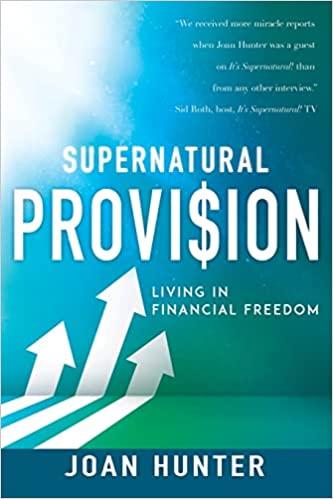Question
Problem 13 The choice of the proper mixture of debt and equity used to finance a corporation, is also referred to as the: A. Capital
Problem 13
The choice of the proper mixture of debt and equity used to finance a corporation, is also referred to as the:
A. Capital budgeting decision. B. Capital structure decision. C. Investment decision. D. Liquidity decision.
Problem 14
The following are examples of real assets: I) machinery; II) office buildings; III) patents; IV) common stock
A. I, II, and III only B. I and II only C. IV only D. I only
Problem 15
The following are I) machinery; II)
examples of tangible assets except: patent; III) warehouses; IV) cars
A. I only B. III only C. I and III only D. I, II, and III only
Problem 16
What is false about the cash flows between financial markets and firms operations:
A. The corporation invests cash in firm operations. B. The corporation raised cash from suppliers. C. The corporation obtains cash from firms operations. D. The corporation return cash to investors.
Problem 17
What is false about the investment trade-off?
The financial manager has to decide between invest in a project and pay dividends to shareholders.
Shareholders have to decide between invest in the corporation or other financial assets.
The hurdle rate is the maximum acceptable rate of return on investment for that level of risk.
The cost of capital is the rate of return that could have been earned by putting the same money into a different investment with equal risk.
Problem 18
What is false about the information problems and financial markets?
Under perfect information, markets can predict accurately the combinations of risk and return of the firm.
Under perfect information, the market value of the firm reflects the future performance of the firm.
Under the assumption of perfect financial markets, the shareholders can obtain any combination of risk and returns from markets.
Under imperfect financial markets, shareholders can buy or sell stock to reach their desired profile of return and risk.
Problem 19
What is false about the five important themes?
3
Corporate finance is about maximizing the value of the firm for shareholders.
The opportunity cost of capital is a good reference for investment decisions.
C. A safe dollar worth more than a risky dollar. D. Good governance does not matters.
Problem 20
What is false about market value?
A. The purchase of real assets is called investment decision. B. Market value is the book value of the company. C. Market capitalization is the value of the outstanding shares
multiplied by the current price. D. Market value not always is equal to market capitalization.
Problem 21
Suppose a loaded dice has a probability of being 6 equal to 0.40 and for the other faces is equal to 0.12. What is the expected outcome of the dice?
A. 3.50 B. 4.20 C. 4.50 D. 3.00
Problem 22
The price of a stock value distributed uniformly between $2 and $4. Calculate the expected value of the stock price.
A. 2.00 B. 3.00 C. 4.00 D. 5.00
Problem 23
Suppose the expected price of a stock of firm A is $9. The expected price of a stock B is $7. What will be the expected value of a portfolio consisted in one stock of A and one of B?
A. 9.00 B. 7.00 C. 16.00 D. 8.00
Problem 24
What is the annual rate of return of a T-bond if we obtain 312 after one year if we invest $300?
A. 4.00% B. 12.00% C. 204.00% D. 312.00%
Problem 25
What is the expected annual rate of return of a T-bond if we obtain $211 with probability 0.4 and $196 with probability 0.6, if we need to invest $200 for one year?
A. 1.00% B. 2.00% C. 4.00% D. 3.00%
4
Step by Step Solution
There are 3 Steps involved in it
Step: 1

Get Instant Access to Expert-Tailored Solutions
See step-by-step solutions with expert insights and AI powered tools for academic success
Step: 2

Step: 3

Ace Your Homework with AI
Get the answers you need in no time with our AI-driven, step-by-step assistance
Get Started


